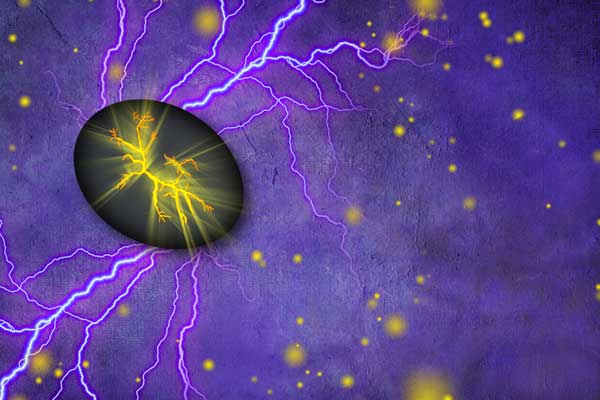“Men have collected stones since the beginning of time and have apparently assumed that certain ones were the containers of the spirit of the life-force.”
– Carl Jung
Graëlfire is a contemporary reinterpretation of a timeless tale: the legend of the Grail and the quest to locate it. The story was inspired by the medieval Arthurian version that tells of knights searching for a holy relic whose location is guarded by the Fisher King, a wounded custodian who exists between life and death in an otherworldly wasteland. Of Arthur’s knights, only one – Perceval (in early tales) and Galahad (in later ones) – was pure enough to possess the Grail.
Though Graëlfire is a reworking of Grail myth, analogies to Arthurian legend are explicit: the quest for the Graëlstone – an object with miraculous powers; the Graëlgarth – a Camelot-style home to a company of Graëlhim ‘knights’ ruled over by Celestine, a female representation of Arthur; Angelo – a liminal Merlin figure; the rift-ghast – a wounded Fisher King symbol; Gideon Drude – a Lancelot character who sought the Grail but was prevented by the sin of his forbidden love; and Lena Dubois, a seeker who alone is pure enough to achieve the goal.
There are several traditions about the nature of the Grail. According to Western Christian tradition, it is the chalice or bowl used by Jesus Christ at the Last Supper, though some scholars argue that it has origins in even older, Celtic traditions of an otherworldly magic vessel with curative powers. Others claim it arose from the Arabic or Byzantine myth of a talismanic stone that fell from heaven. All agree it was an object with sacred and mysterious properties.
The Holy Grail Stone
Graëlfire’s “Graël” is based on Wolfram von Eschenbach’s adaptation of the Grail story. In his famous medieval Arthurian romance, Parzival, the Grail is neither cup nor bowl, but a holy Grail stone that fell from heaven. In von Eschenbach’s version, the hero Parzival is brought up in ignorance of his true lineage. After many adventures and setbacks, he encounters a holy man who teaches him about the meaning of life and the true nature of the Grail. Though pure of spirit, Parzival only finds the stone through an act of selfless compassion.
I chose the stone version of the holy Grail because stone has an ancient lineage as a mystical object. The Grail as a chalice is a medieval invention; representation of it as Christ’s bloodline is contemporary. Belief in supernatural stones, however, goes back beyond recorded history. Some myths that survived down the centuries include Buddhism’s Cintamani, a magical stone that fell from the sky and which manifests whatever one wishes. Then we have the legend of the Philosopher’s Stone, a substance that turns ordinary metals into gold. It also acts as an elixir of life and can grant immortality to those who possess it.
For millennia, Homo Sapiens used stone to make tools and weapons. With survival depending on them, it is little wonder that reverence for the supernatural power of stone became a worldwide phenomenon.
Belief in magical stones and the energies they radiate runs deep through our cultural history. By associating my Graëls with holy Grail stones, Graëlfire is an echo of our mythical past.

Stephen Chamberlain is the author of the fantasy novel Graëlfire. He draws inspiration from the impact of landscape on myth, and the association of liminality with the supernatural and magic. Stephen lives in Switzerland.



